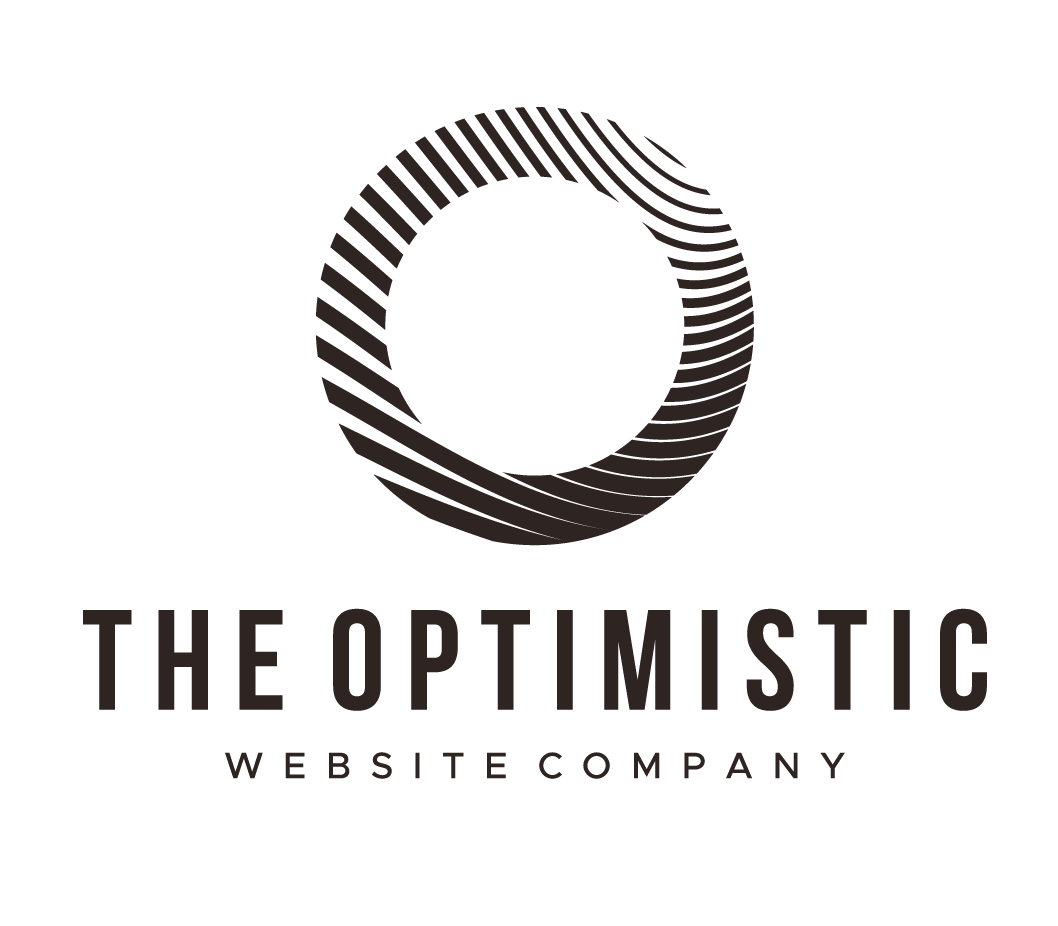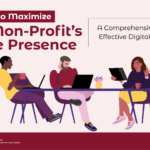Importance of e-learning platform design for non-profits
E-learning platform design plays a crucial role in enhancing a non-profit organization’s outreach and impact. Through well-thought-out platforms, non-profits can reach a broader audience, engage their beneficiaries effectively, and deliver their services efficiently. User-friendly interfaces, interactive features, and personalized learning experiences are key elements that can make e-learning platforms successful for non-profits.
Understanding the needs of non-profit organizations
Non-profit organizations have unique needs that must be considered when designing an e-learning platform. These organizations often have limited resources and rely on donations to fund their operations. Therefore, it is crucial to create e-learning solutions that are cost-effective, user-friendly, and adaptable to the organization’s specific goals and target audience. By understanding the needs of non-profits, designers can create e-learning platforms that effectively support their missions and enhance their impact.
Tailoring e-learning platforms for non-profit goals
To tailor e-learning platforms for non-profit goals means creating online learning systems specifically designed to meet the objectives of non-profit organizations. This involves customizing the content, features, and overall system to align with the unique needs and mission of the non-profit. E-learning platforms can be tailored to enhance impact, engagement, and effectiveness in delivering educational content and training within the non-profit sector.
Key elements of effective e-learning platform designs
Effective e-learning platforms include several key elements. These elements are crucial for engaging your audience and delivering valuable educational content. Remember, a well-designed e-learning platform can make a big difference in the success of your non-profit organization. Key elements to consider are:
-
User-friendly Interface: Make sure your platform is easy to navigate for all users.
-
Interactive Features: Incorporate features like quizzes, interactive videos, and discussion forums to enhance engagement.
-
Mobile Compatibility: Ensure your platform is accessible on various devices, including smartphones and tablets.
-
Engaging Content: Create content that is visually appealing, informative, and interactive to keep learners interested.
-
Feedback Mechanism: Provide a way for users to give feedback on the content and their learning experience.
Remember, these elements play a significant role in creating an effective e-learning platform for your non-profit organization.Enhancing user engagement through innovative design features
Innovative design features in e-learning platforms can greatly enhance user engagement. By incorporating interactive elements like quizzes, videos, and gamification, users are more likely to stay focused and interested in the content. Personalization is another key aspect that can make users feel more connected to the platform, increasing their motivation to learn. Additionally, easy navigation and appealing visuals are important for keeping users engaged and motivated to continue using the e-learning platform.
Incorporating interactive tools and multimedia content
To make your non-profit’s e-learning platform stand out, incorporate interactive tools and multimedia content. This will engage your users and enhance their learning experience. Implement features like quizzes, videos, and games to make the content more interactive. By including multimedia elements such as images, audio, and videos, you can make the learning process more stimulating and effective.
Accessibility and inclusivity in e-learning platform design
In designing e-learning platforms for non-profits, it’s essential to prioritize accessibility and inclusivity. Consider incorporating features like text-to-speech options, adjustable font sizes, and high contrast color schemes to cater to users with diverse needs. Making your platform user-friendly for individuals with disabilities will enhance their learning experience and promote inclusivity within your organization.
Measuring success: Metrics and analytics for non-profit e-learning platforms
Metrics and analytics are essential for measuring the success of your non-profit’s e-learning platform. Tracking metrics like the number of active users, completion rates, and engagement levels can help you understand how effective your platform is in reaching and teaching your audience. By analyzing this data, you can identify areas for improvement and make informed decisions to enhance the overall learning experience for your beneficiaries.
Case studies of successful e-learning platform designs for non-profits
Case studies of successful e-learning platform designs for non-profits showcase innovative approaches that have led to increased engagement and learning outcomes. These designs focus on user-friendly interfaces, interactive elements, and personalized learning experiences tailored to the needs of non-profit organizations. By highlighting real-life examples, these case studies provide valuable insights and inspiration for non-profits looking to enhance their e-learning initiatives.
Empowering non-profits through transformative e-learning solutions
Non-profits can greatly benefit from embracing e-learning solutions. By utilizing innovative e-learning platforms, non-profits can empower their workforce, engage volunteers effectively, and reach a wider audience with their mission. Transformative e-learning solutions enable non-profits to create engaging and interactive learning experiences, enhancing their impact and fostering growth. E-learning platforms offer flexibility, scalability, and cost-effectiveness, making them an ideal tool for non-profits looking to expand their reach and improve their effectiveness.





